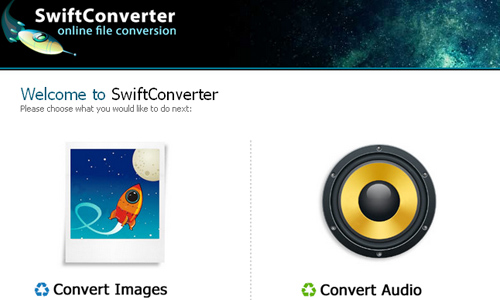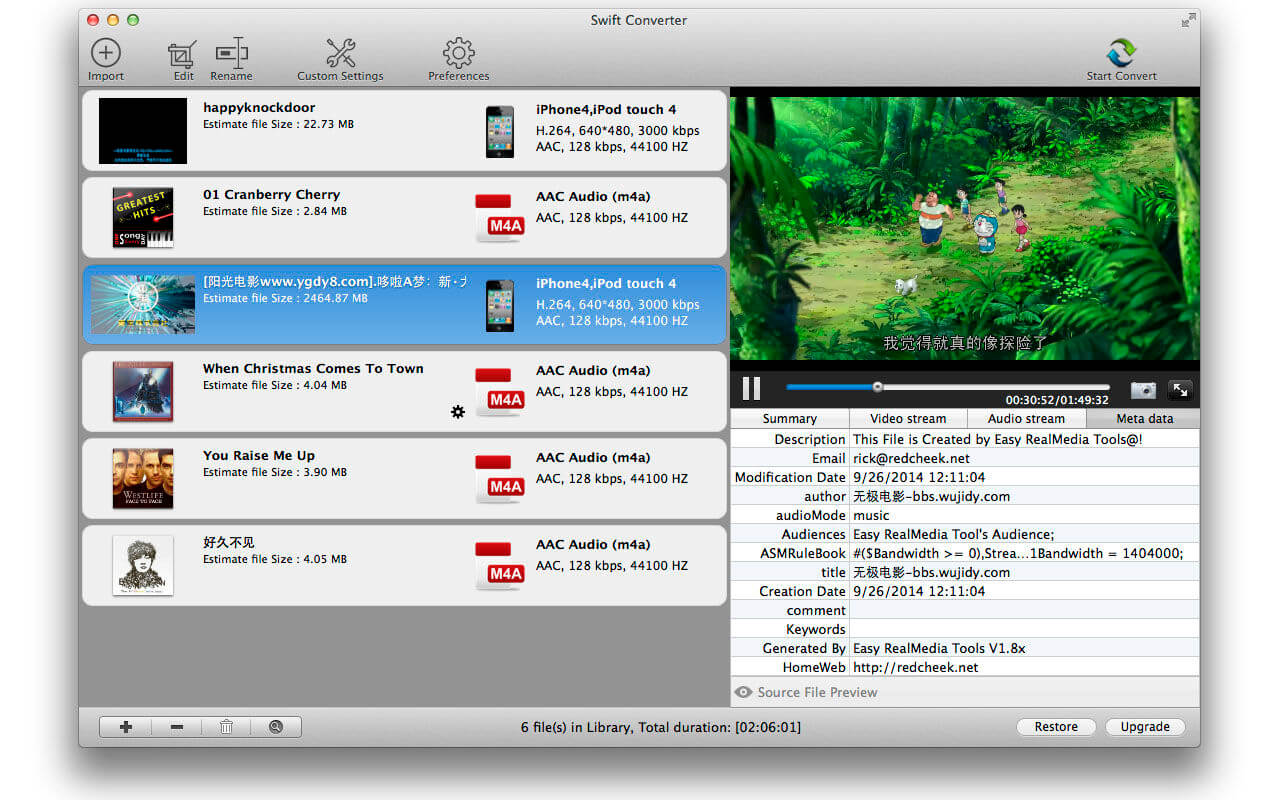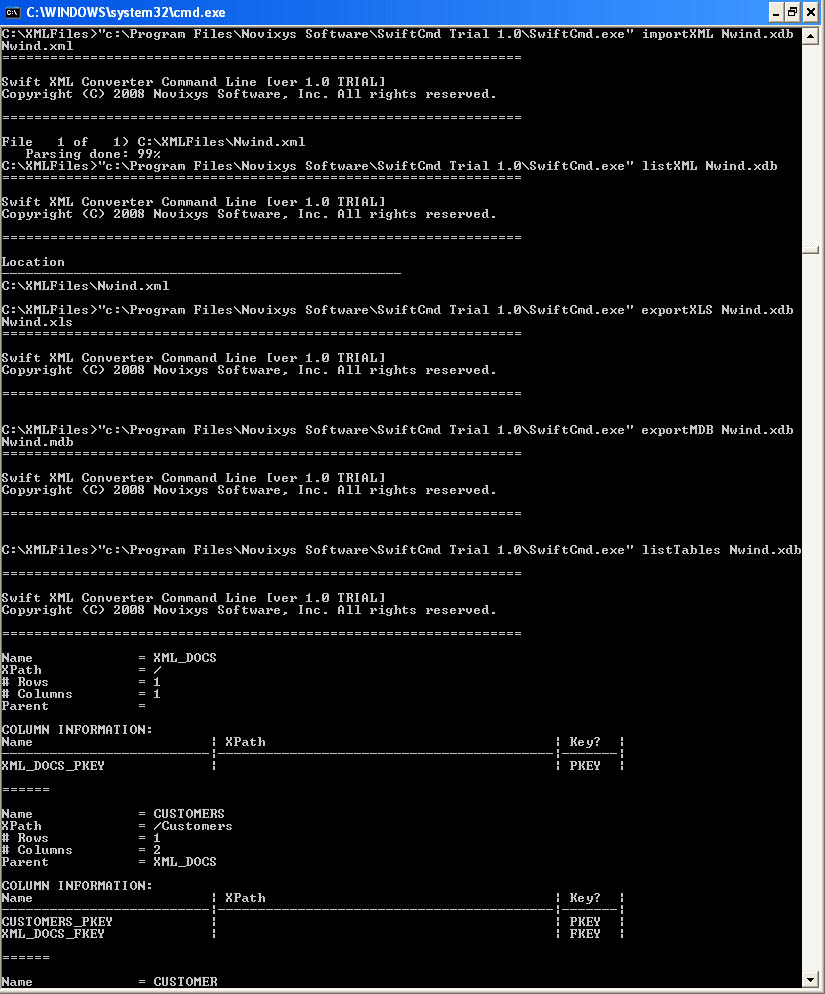
Once you have your AST, the next step is semantic analysis. Hopefully you have a strong grasp of trees and recursion, because compiler work uses them everywhere.
#Swift converter online code
You can run your parser over Objective-C code and get an Abstract Syntax Tree (AST) out. Once you have a parser, a lot of the hard work is done, but there's still plenty of interesting challenge ahead for you. Until you've got a lot of experience with compiler work, you'd be better off finding an existing parser than trying to build your own. This makes creating a proper parser for them much more difficult. C and Objective-C are level 1, context-sensitive languages, because of the way typedefs work: the same string of code can parse in two different ways, with two different meanings, depending on whether or not the symbol it's reading is a type. It defines four levels of language complexity from 0 (very difficult to parse) to 3 (very easy to parse.) Most modern programming languages are level 2, context-free languages, because it's difficult to create a useful language without a recursive grammar, which is what differentiates level 2 from level 3. From the vocabulary you're using, you may already know a few things about parsing theory and the Chomsky hierarchy. Unfortunately, C (and by extension any superset of the language, such as Objective-C) is difficult to parse. You're right in that your overall task is a source-to-source compiler, and that you need to start with a parser.
#Swift converter online how to
We start by breaking it down into smaller and smaller tasks until we get them down to the level of a problem we know how to solve. But then again, so are most things worth doing in programming. Once a matching case has been found, the switch statement exits after the case block executes.This is a pretty big task.


Optionals - If you're familiar with TypeScript, these are very similar to nullable values. Small subtlety here in that it can be initialized without an initial value, and eventually set later, but still may only be set once. Once it's declared, it cannot be mutated. Var - similar to the var and let keyword in JS. In this introduction to Swift, I'll explore different concepts and try explaining how they relate to their counterparts (if one exists) in JavaScript. Swift is the official language created by Apple to develop applications for iOS, macOS, watchOS and tvOS. In order to kickstart this journey into mobile development, I began in the most obvious starting place, learning Swift.

There are solutions to mobile development in the JavaScript ecosystem (like React Native) that helped bridge that gap a bit, but I still felt this desire to really understand what was happening behind the curtain. I was used to this world where JavaScript was the hammer that solved all problems when it came to web development. If you're like me, mobile development can seem intimidating.


 0 kommentar(er)
0 kommentar(er)
